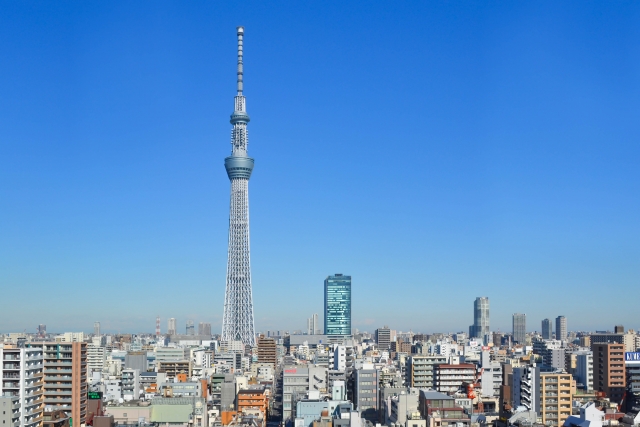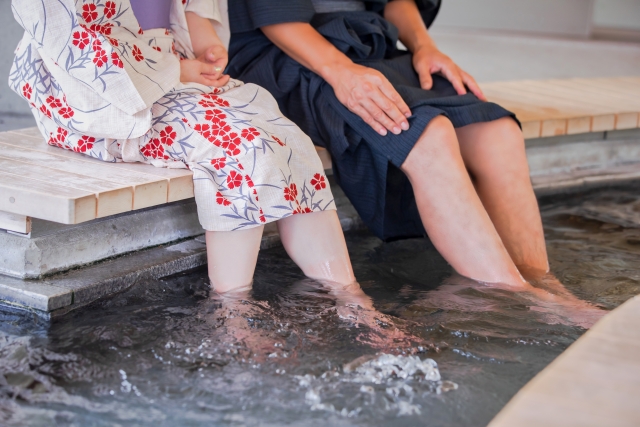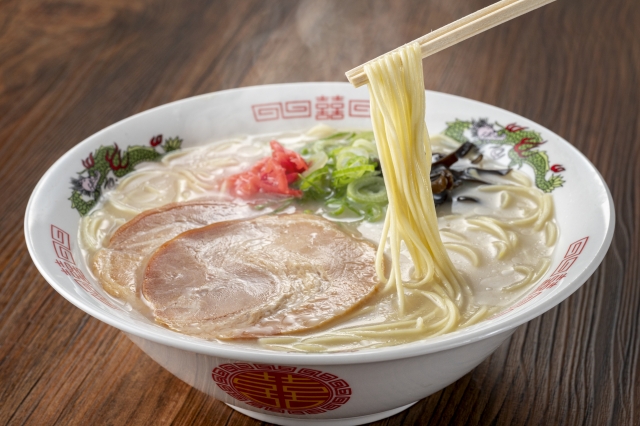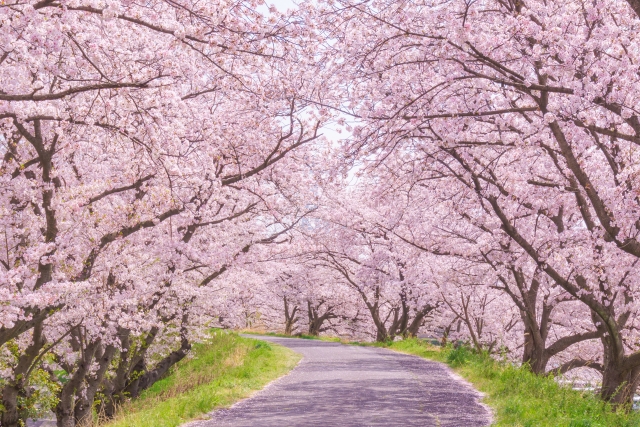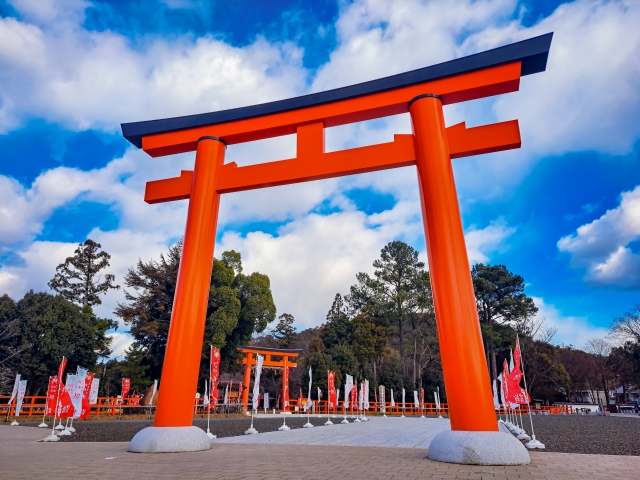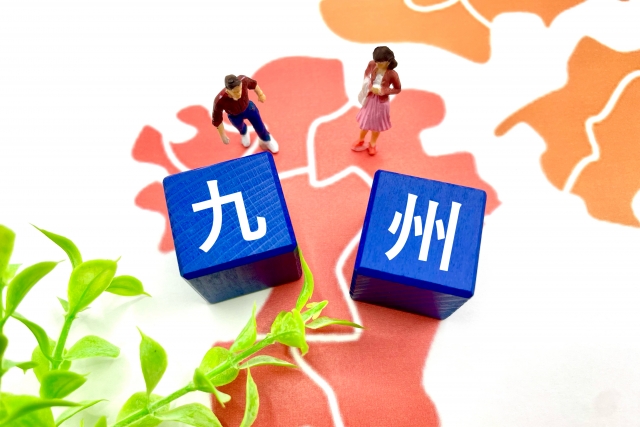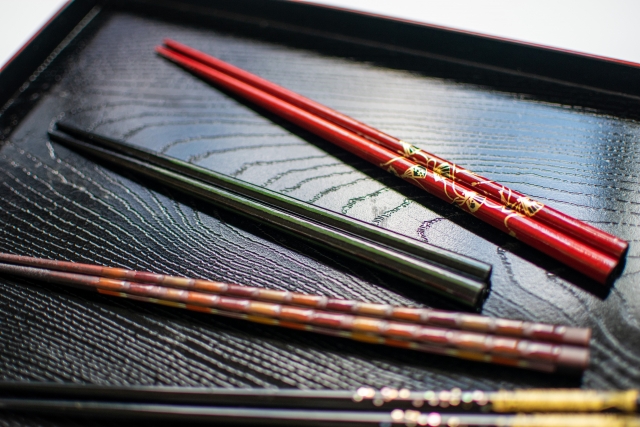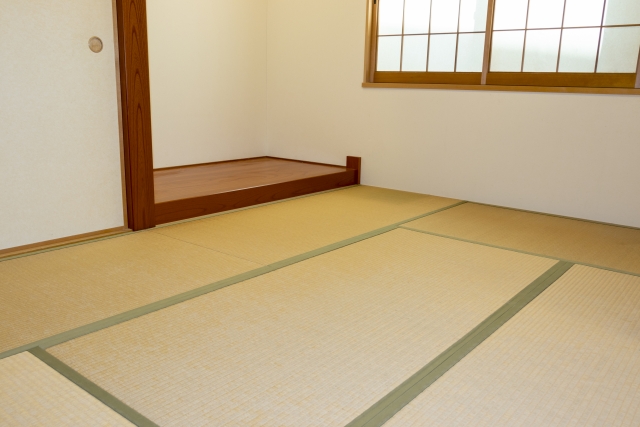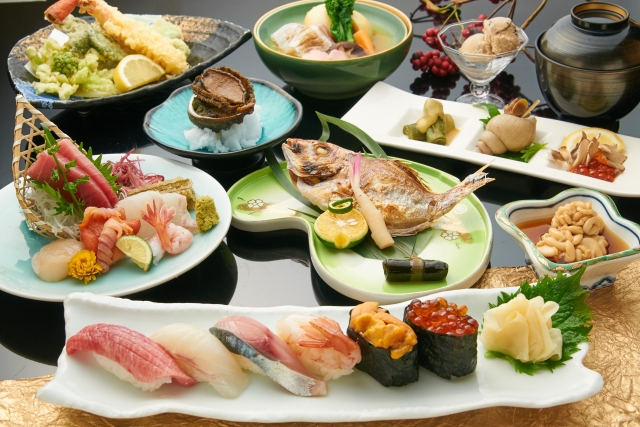“What country is sushi from?” Is there anyone who can’t answer this question? “Sushi” is now a synonym for Japanese culture and is eaten all over the world as a representative food of Japan. There are more than 150,000 sushi restaurants and other Japanese restaurants around the world, and Japanese food has been a trend throughout the world. In this article, I will explain sushi as a Japanese culture in general. By knowing the definition, types, roots, etiquette and manners of eating sushi, you will be able to taste it more deliciously and enjoy it more.
Sushi in Japan refers to a Japanese dish consisting of rice (vinegared rice) and ingredients or toppings called Neta(mainly seafood). In addition to fresh seafood, it is not uncommon for ingredients such as meat, vegetables, and eggs to be used as ingredients.
However, there are many different types of sushi. Depending on the region or country, the ingredients used and how they are described vary. For example, the California roll is the one named after the capital city of a state of the United States. So, if you are reading this, your image of sushi may be a little different.
The following are the major types of sushi in Japan.
Nigiri zushi
 Maki zushi
Maki zushi
 Oshi zushi
Oshi zushi
 Chirashi Sushi
Chirashi Sushi
 Bo zushi
Bo zushi
 Inari zushi
Inari zushi
 Temakizushi
Temakizushi
 Gunkan
Gunkan


 In the 1700s (mid-Edo period), rice vinegar became popular, and “Haya zushi” was born, which allows you to eat sushi immediately without waiting and does not need to be fermented. Furthermore, in the 1800s (late Edo period), “Nigiri zushi” was invented. At that time, sushi was about the size of a rice ball and was eaten in pieces. As a remnant of that, it is said that it has become a modern style with two pieces on one plate.
In the 1700s (mid-Edo period), rice vinegar became popular, and “Haya zushi” was born, which allows you to eat sushi immediately without waiting and does not need to be fermented. Furthermore, in the 1800s (late Edo period), “Nigiri zushi” was invented. At that time, sushi was about the size of a rice ball and was eaten in pieces. As a remnant of that, it is said that it has become a modern style with two pieces on one plate.
 Sushi began to spread in 1900 (Meiji era) when ice making technology grew so the ingredients could be chilled with ice and was stored. Therefore the number of sushi restaurants that could handle raw sashimi was increased. With the advent of the electric refrigerator in 1930, the types of material increased at a stretch, and the size of sushi became smaller. Around this time, the modern eating style of Japanese sushi , which dipped the ingredients in some boiled down soy sauce and ate it , was established.
Sushi began to spread in 1900 (Meiji era) when ice making technology grew so the ingredients could be chilled with ice and was stored. Therefore the number of sushi restaurants that could handle raw sashimi was increased. With the advent of the electric refrigerator in 1930, the types of material increased at a stretch, and the size of sushi became smaller. Around this time, the modern eating style of Japanese sushi , which dipped the ingredients in some boiled down soy sauce and ate it , was established.
 There might be many people who can’t use chopsticks well. Please do not worry. Let’s eat sushi by hand. In fact, the sushi that the sushi chef makes is delicately adjusted to the amount of air in the rice so that it melts just right when you put it in your mouth. Therefore, if you are not familiar with chopsticks, you will not be able to keep the shape and miss the opportunity to enjoy the special taste. Of course, the way you eat is personal preference, but if you don’t mind, please try to pick it up and taste it.
There might be many people who can’t use chopsticks well. Please do not worry. Let’s eat sushi by hand. In fact, the sushi that the sushi chef makes is delicately adjusted to the amount of air in the rice so that it melts just right when you put it in your mouth. Therefore, if you are not familiar with chopsticks, you will not be able to keep the shape and miss the opportunity to enjoy the special taste. Of course, the way you eat is personal preference, but if you don’t mind, please try to pick it up and taste it.
 There is a Western concept of “one spoon” and sushi is no different. In most cases, it is seasoned to be eaten in one bite. Some sushi chefs will change the size of the rice depending on the customer, such as making it smaller for children or women, so it is recommended to order the size.
There is a Western concept of “one spoon” and sushi is no different. In most cases, it is seasoned to be eaten in one bite. Some sushi chefs will change the size of the rice depending on the customer, such as making it smaller for children or women, so it is recommended to order the size.
 In sushi restaurants, it is said to be good manners to put soy sauce only on the neta. This is to prevent the rice from becoming overly seasoned or misshapen, which can happen if you put soy sauce on the rice.
This is the reason why at sushi restaurants where the sushi chef prepares the sushi in front of you, the ingredients are served with the sauce already put on.
Each country and region has its own sushi culture, but if you remember and practice a little of the etiquette and manners of eating sushi in Japan, you will be able to enjoy the charm of sushi even more.
In sushi restaurants, it is said to be good manners to put soy sauce only on the neta. This is to prevent the rice from becoming overly seasoned or misshapen, which can happen if you put soy sauce on the rice.
This is the reason why at sushi restaurants where the sushi chef prepares the sushi in front of you, the ingredients are served with the sauce already put on.
Each country and region has its own sushi culture, but if you remember and practice a little of the etiquette and manners of eating sushi in Japan, you will be able to enjoy the charm of sushi even more.
 Ika(squid)
One of the most popular items. It has a relatively simple taste, so it is recommended to eat it at the beginning.
Ika(squid)
One of the most popular items. It has a relatively simple taste, so it is recommended to eat it at the beginning.
 Tako(octopus)
Like squid, octopus is also a classic. It is also very popular among children.
Tako(octopus)
Like squid, octopus is also a classic. It is also very popular among children.
 Salmon
One of the most popular fish not only in Japan but also in the world.
Salmon
One of the most popular fish not only in Japan but also in the world.
 Ebi(Shrimp)
There are a lot of kinds. Red shrimp, white shrimp, sweet shrimp, etc.
Ebi(Shrimp)
There are a lot of kinds. Red shrimp, white shrimp, sweet shrimp, etc.
 Tamago
Seasoned omelette on the top of sushi rice. Some people say that you can tell the level of a restaurant by the taste of its Tamago, and it is popular among both adults and children.
Tamago
Seasoned omelette on the top of sushi rice. Some people say that you can tell the level of a restaurant by the taste of its Tamago, and it is popular among both adults and children.
 Tai(sea bream)
Representative of white fish. It’s refreshing, so it’s recommended to eat it in the first half.
Tai(sea bream)
Representative of white fish. It’s refreshing, so it’s recommended to eat it in the first half.
 Hamachi(young amberjack)
It is a type of “Syusseuo” ,which changes depending on the size. “Hamachi” is about 30 cm to 40 cm in size. When it grows up to 80 cm or more, it becomes “Buri”.
Hamachi(young amberjack)
It is a type of “Syusseuo” ,which changes depending on the size. “Hamachi” is about 30 cm to 40 cm in size. When it grows up to 80 cm or more, it becomes “Buri”.
 ·Aji(Horse mackerel)
Representative of “Hikarimono”. It has a unique smell, but it is very delicious.
·Aji(Horse mackerel)
Representative of “Hikarimono”. It has a unique smell, but it is very delicious.
 Sanma (pacific saury)
This is also “Hikarimono”. The amount of fat depens on the season.
Sanma (pacific saury)
This is also “Hikarimono”. The amount of fat depens on the season.
 Hotate(scallop)
Representative of shellfish material.
Hotate(scallop)
Representative of shellfish material.
 Shime saba(vinegared mackerel)
Mackerel simmered in vinegar. One of the old sushi ingredients.
Shime saba(vinegared mackerel)
Mackerel simmered in vinegar. One of the old sushi ingredients.
 Kazunoko(Herring egg)
In Japan, ingredients used for New Year’s and congratulations.
Kazunoko(Herring egg)
In Japan, ingredients used for New Year’s and congratulations.
 Anago(conger eel)
The material to eat with sweet sauce instead of soy sauce. The taste is strong, so let’s enjoy it at the second half.
Anago(conger eel)
The material to eat with sweet sauce instead of soy sauce. The taste is strong, so let’s enjoy it at the second half.
 Ikura(salmon eggs)
Representative of Gunkanmaki .
Ikura(salmon eggs)
Representative of Gunkanmaki .
 Negitoro
The pasty tuna with fat mixed with the green onions.
Negitoro
The pasty tuna with fat mixed with the green onions.
 Tekkamaki
Red tuna wrapped in dry seaweed. Popular among a wide range of people.
Tekkamaki
Red tuna wrapped in dry seaweed. Popular among a wide range of people.
 Kappamaki
Cucumber wrapped in dry seaweed. Kappa is a legendary creature that has been around for a long time in Japan, and it is said that the kappa got its name because it is said to like cucumbers.
Kappamaki
Cucumber wrapped in dry seaweed. Kappa is a legendary creature that has been around for a long time in Japan, and it is said that the kappa got its name because it is said to like cucumbers.
 Nattomaki
Natto, which is one of the representative ingredients in Japan, wrapped in dry seaweed.It is a staple of sushi rolls. It has a unique smell and stickiness.
Nattomaki
Natto, which is one of the representative ingredients in Japan, wrapped in dry seaweed.It is a staple of sushi rolls. It has a unique smell and stickiness.
 Kanpyomaki
Yugao fruit is peeled off in a string and dried food is wrapped around it. Popular among children.
Kanpyomaki
Yugao fruit is peeled off in a string and dried food is wrapped around it. Popular among children.

Contents



